My first bird watching experience at Galibore
“Shussh”, whispers the naturalist, as I rummage through my backpack a little noisily to pick up my pair of binoculars. He points towards a grove of trees and I follow his gaze. But I see nothing – just a row of gulmohar trees whose branches are tinged with hues of red . My travel companions, a group of amateur bird watchers are clueless as well. It is my first official bird watching trip with a naturalist and I am learning how to spot birds. I squint through the branches and I see just a pair of mynahs . I look helplessly at my guide and he whispers “three o clock “ I have just learnt that the clock is usually a code word to denote the position of a bird on a tree.
I stare again but the bird has already disappeared into a world of leaves. Disappointed, I look aimlessly through my binoculars towards a cluster of coconut trees. I look right into a pair of eyes blinking at me. I gesture rather excitedly at my naturalist and we all peer at the same tree with our binoculars. And looking right back at us, from a hollow in the bark of the tree is a pair of sleepy eyes. “Spotted owlet” I whisper rather excitedly and my naturalist gives me a rather approving look. I have spotted and identified my first bird today, a small stocky owl, with white spots and brown streaks, with bright yellow eyes. I feel on top of the world, experiencing a sense of high at my new found discovery.
It is early morning and the sun is just rising at Galibore, a small fishing camp located downstream on the banks of the river Cauvery, barely a couple of hours away from Bangalore. A group of anglers have just come in to try their hand at catching the mahseer or billimeen as it is called in the local language, a fish that weighs more than 100 pounds and is said to have given many an angler a fight before they catch and release it. We are however craning our necks and looking right above us, at the canopy of trees where birds are flitting about.
Before this field trip, the only birds I knew were crows, sparrows, pigeons and mynahs. Although I was fascinated by the avian creatures and their myriad colours and calls, I could barely describe them, let alone identify them . And then I was “initiated” into the world of birds through a naturalist’s eye who showed me how to look at birds – through their sizes and shapes, through the curve of their beaks, through the colour of their rumps and their calls. I discovered a whole new world, which had always been present around us, but invisible to our indifferent eyes.
Back at the camp, my guide draws my attention to the bird that had eluded me a while ago . It has come back to its perch. Looking through my binoculars, this time I see it – a very large bird with a green beak and a prominent eye. “ A blue faced malkova, “ whispers my guide and I wonder what it is so blue about it although it does shimmer in a shade of green. It is one of the largest birds I have seen .”It’s the eye,” he explains. I see a blue patch around it. I later learn that a bird’s name and the colour attributed to it may not necessarily be synonymous. “ A black kite is brown for instance, “ says the naturalist but many a time, a bird is known by its hues – so you have a red whiskered bulbul, a red vented bulbul, a grey bulbul, a yellow throated bulbul, a ruby throated bulbul among several other species of bulbuls. We set out looking for a few of them.
The woods around us explodes into a medley of sounds. The birds are active as they exercise their limbs, singing an ode to the sun. I learn the basic skills to be a birdwatcher. Patience tops the list. For hours I stare at the same tree, as if I am in deep meditation , looking for any movement in the branches or the leaves. A little bit of rustle and I am all eyes, gazing into a world of green, hoping I could sight a bird. My friends, who are not into bird watching find me either crazy or amusing as I can gaze at nothing for infinity, hoping to get a good sighting of a bird. And it is this patience that gifts me a pair of verditer flycatchers, their aquamarine coat standing out in the fabric of green. And excited I follow their flight to another tree to see a Tickells blue flycatcher..a small bird painted in such brilliant hues of blue and orange.
I am alert, patient, excited and relaxed – a bundle of emotions as I learn to spot one bird after another For some birdwatchers it is all about ticking a species off their list, for me, it is a sense of high as I find a new discovery every time amidst the trees. The colours, the calls – they bring out the curiosity in me. My senses are all heightened as I learn to identify calls as well. “There is a difference between a bird’s song and its call,” explains my naturalist, and as if on cue, the puff throated babbler, another small bird begins to sing, its melody luring me into a different world like Keats’ Nightingale.
Leaning against a tree, I let my frayed nerves be soothed by the calls. The sun’s rays filters through the tall trees. And then I see the resident bird of Galibore, a massive brown fish owl, with its prominent ear tufts and bright yellow eyes staring right into my eyes. It seems to be a bit unhappy at being roused and does not share the same excitement that I have for its company.
The woods suddenly become silent. As my naturalist says, the birding hours seem to be over. They have retreated into their homes and habitats and it becomes difficult to spot them as the sun’s rays get harsher. I look at my bird book and the list in my hands. I had sighted about 60 species in my very first outing. But I am still craving for more. I keep looking around, waiting for one more call . But all I can hear is the rustle of the wind amongst the leaves.
As I plan to leave, a loud call four notes beckons me. It is not a hoot, not a chirp, not a song or a whistle. I stand transfixed. I have not heard that before. I scan the trees with the binoculars and I can see nothing. I gesture to my naturalist and we wait for it again. The bird suddenly becomes silent. We finally decide to leave. Just as I lower the binoculars, it calls again. “One more bottle, “ says the naturalist and I look at him with a weird expression. “Is that a bird ?” I ask. “No, it’s the call, just listen again – that is what the bird is saying, “ I look up and see it camouflaged amongst the leaves – the Indian cuckoo, a shy bird, conspicuous with its call. Till date I call it the “One more bottle “ bird.
As the outing ends, I realize that there is an entire world amidst the bushes that I have been blind and deaf to in the last few years . And I also learn that a bird can say ,” One more bottle,” “Brain Fever” or “Did you do it “ if you listen carefully to their calls. No wonder people say we birdwatchers are a motley lot who have gone cuckoo !
Getting there
Galibore is about 102 kms from Bangalore. The best way to access it is by road and it takes a little more than two hours to get there via Kanakpura and Sangama. Drive about 10 kms Sangama, where the rivers, Arkavathy and Kaveri meet and you will reach Galibore Fishing Camp , On the way, you cross Mekedaatu, a cliff which offers you gorgeous views of the rivers and the forests around.
Related posts – Fishing camps off Cauvery near Bangalore
Doddamakkali -Tryst with the River Cauvery

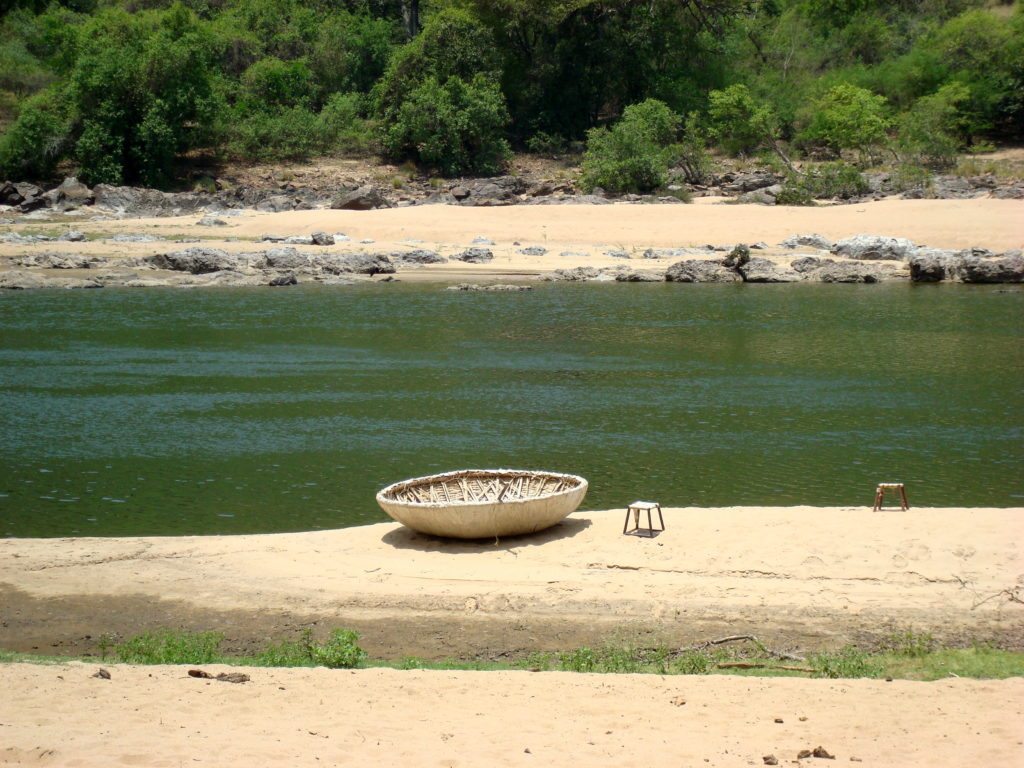
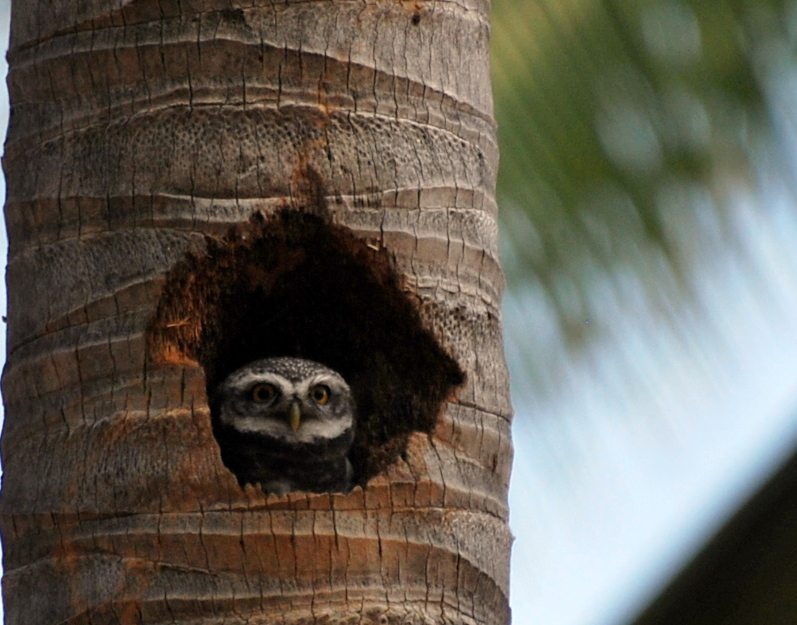
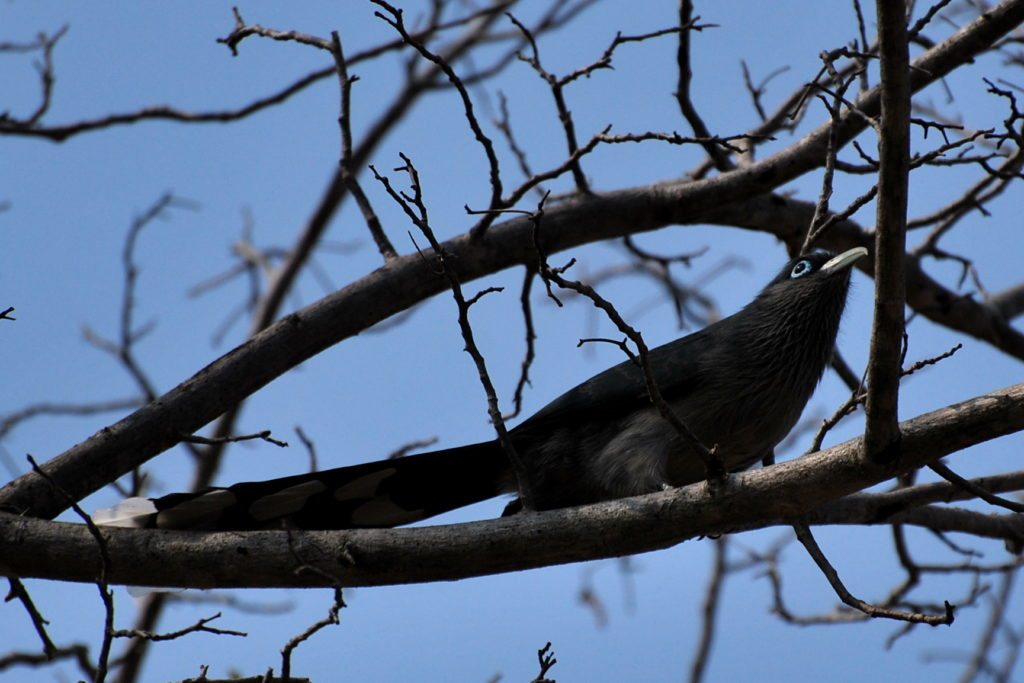
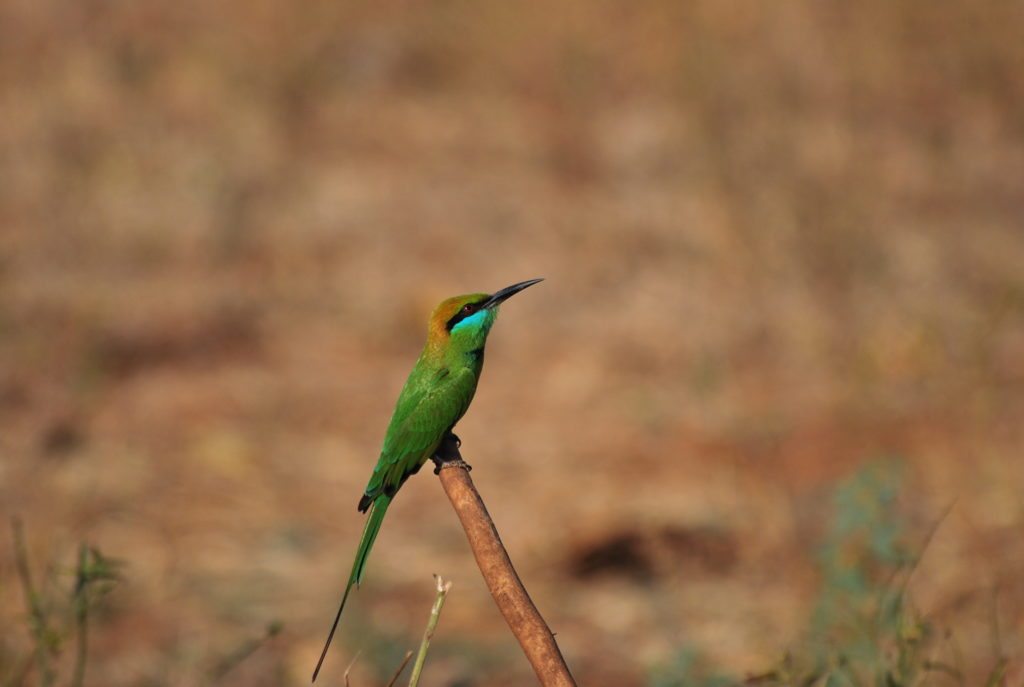
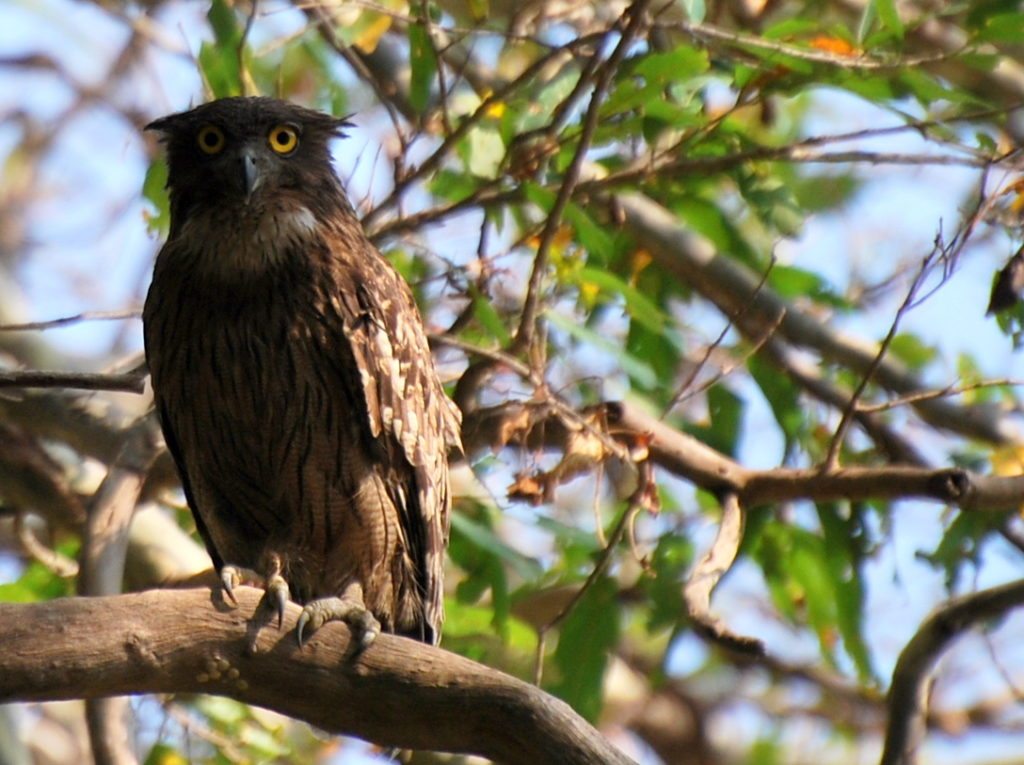
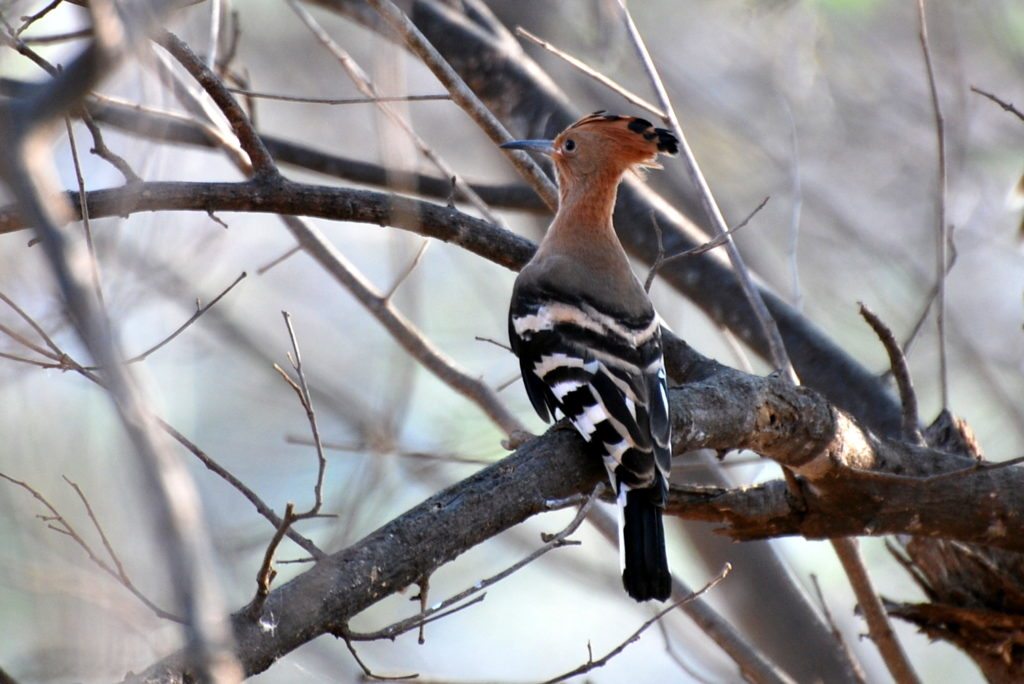
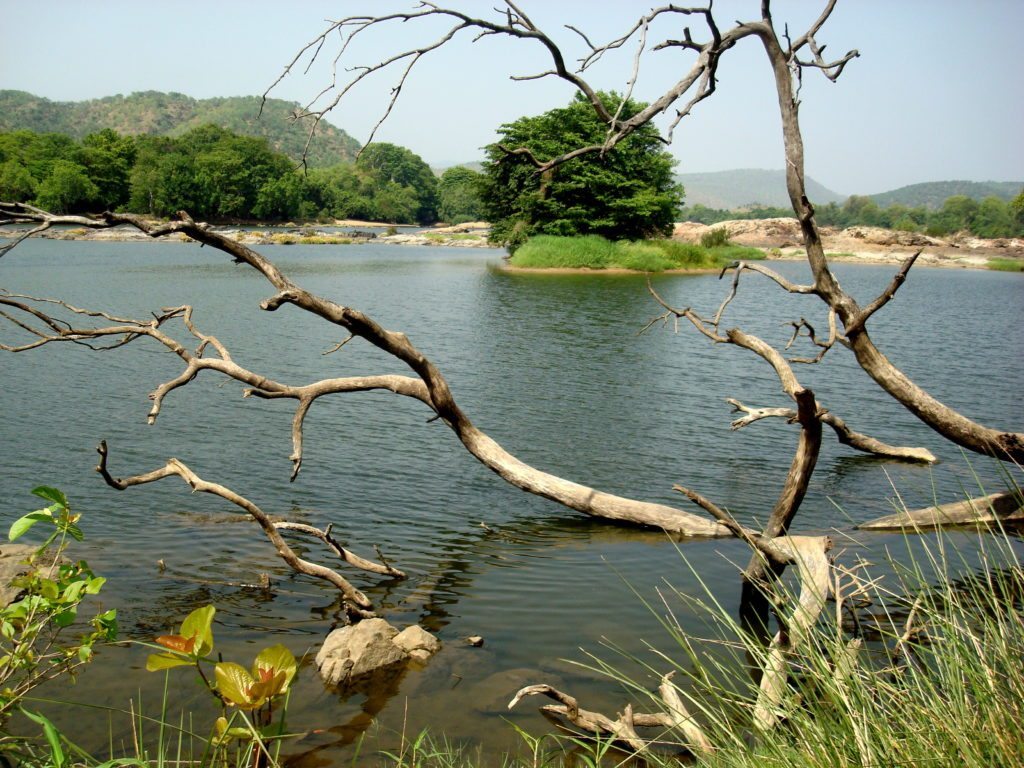
Great Pics Lakshmi
Thanks Ajeya..
Refreshing! Galibore is indeed a place to go for birding. It is also a nice place to spend a relaxed weekend in serene surroundings.
Yes, its one of my favourite destinations..
Wonderful sightings. Nice read, Lakshmi.
Thanks Niranjan
Beautiful pictures, Lakshmi. The spotted owlet must have been a great find esp given that it was also your first sighting! Awesome 🙂
I would have never guessed that you haven’t gone birding before – you have some lovely shots on your blog, so I assumed you have been into it for a while! This place looks lovely, 60 species is amazing. Lovely photos… I have tried my hand at shooting birds, I have a long way to go but will share it soon!
This is awesome. I love to watch birds…
India is meant for nature. the picture of every bird is wonderful. some of the bird pics are very rare sight.
A new knowledge. Thanks for sharing. Keoladeo National Park at Bharatpur I have visited twice because it was too good location to watch hundreds of birds specially in Winter season. Binsar in Uttarakhand they say also is good for bird watching. Maybe someday will visit all.
Hey Lakshmi! Wow!!! This place itself is worth sight- watching and what you have done is too good! The very beginning lines spell your excitement and shrill spirit that which I hope is still lingering! The pictures speak for themselves!! Glad you managed to click them!
Thanks so much
Really enjoyed the read Laxmi. You’re as good a writer as you are a photographer 🙂 I’ve always enjoyed watcing birds (not much of a photographer). We recently had visited Old Magazine House in Dandeli Beautiful place, and lots of birds. You might find ample opportunities for your bird adventures